IN PHOTOS: Filipinos living under a bridge talk about what they want from the country’s leaders
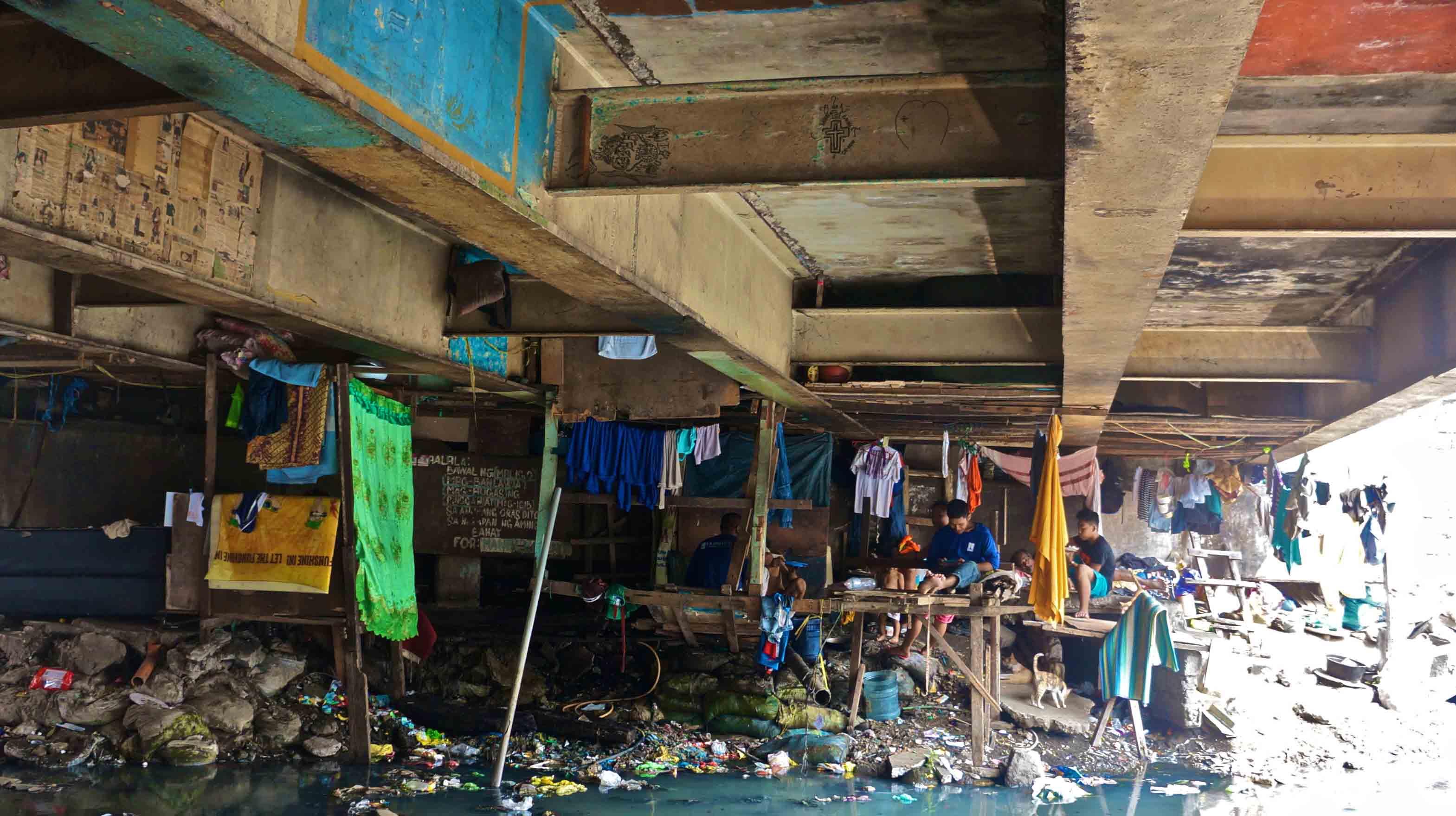
The world down under
In a busy bridge in Pandacan, Manila, lies a hidden world down under. It is no ordinary overpass. It’s also a roof, closet, clothes line, shoe rack and many more for the community that thrives underneath the massive structure.
The polluted Pasig river may have killed many of its resident plants and fishes, but its human residents managed to build two-storey houses in the black filthy water. The first floor, which stands on stilts, serve as a common area for eating, bathing, and socializing; while the second floor leads to a private room that is barely a meter high. You need to crawl to get around the cramped and dark space shared by families of five members or more.
They represent Metro Manila’s 584,425 informal settler families, and as the 2016 presidential election draws near, we’re asking them what they look for in a future leader.
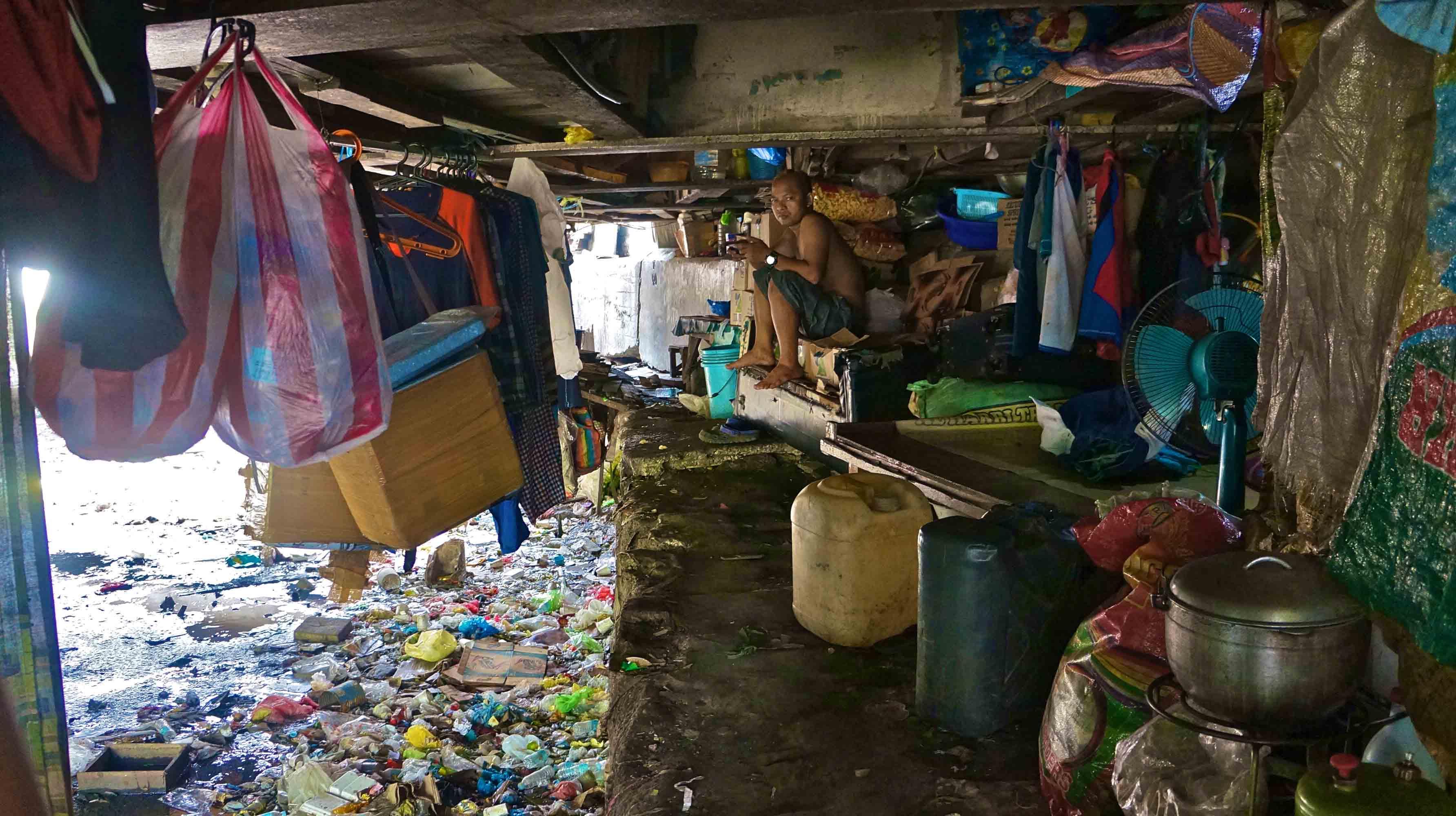
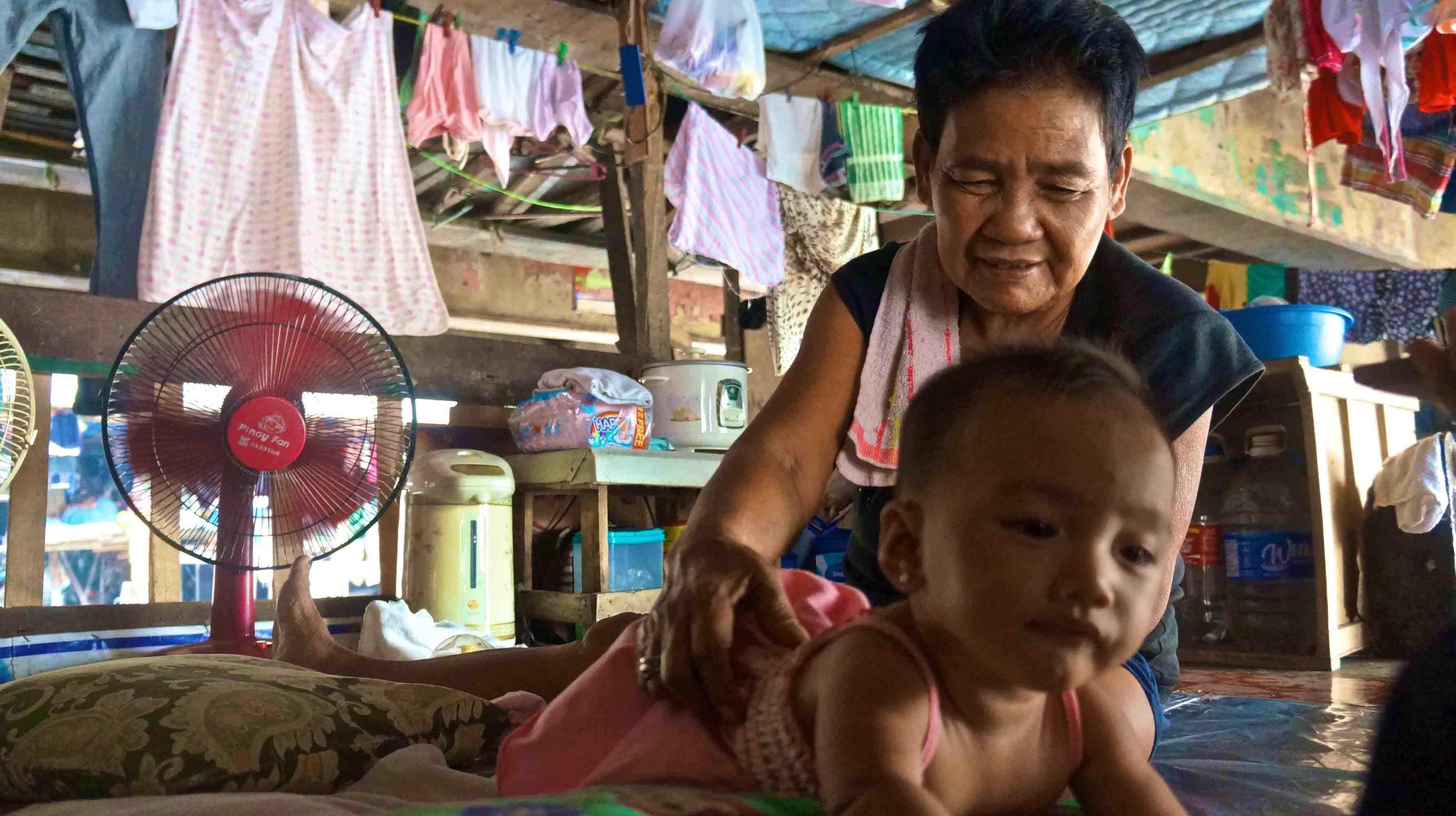
A pleasant place to live in
Purificacion, 66 years old, recalls that living beside the river was actually nice and relaxing when she first arrived here. She even remembers that the river used to be the city’s lifeline because of the bounty harvest of fishes it provided, “Dati noong wala pang masyadong tao, malinis ang tubig dito. ‘Yung bayaw ko nga diyan pa nangingisda ng mga hito at dalag.”
Historian Wolfgang Bethge, in his article “The Muddy Waters of Pasig River, said that back in the days, “It was chic to live and to promenade at the banks of Pasig. The rich had their houses near the river and the presidential palace Malacanang was also built near the Pasig. A little bit too flamboyantly the river was compared with the ‘Canale Grande’ of Venice.”
However, massive population growth and industrialization gradually ruined the river’s grand beauty and converted it into a sewer. The banks of the river attracted several informal settlers from different towns and became a mecca for illegal dumping of garbage.
Purificacion is looking for leader who can stand his ground. “Kadalasan kasi kung sino ang nahahalal ang nangyayari sumusunod lang tayo sa agos. Ang iboboto ko talaga ‘yung may takot sa Diyos, may isang salita at ‘yung may magagawa talaga sa bansa.”
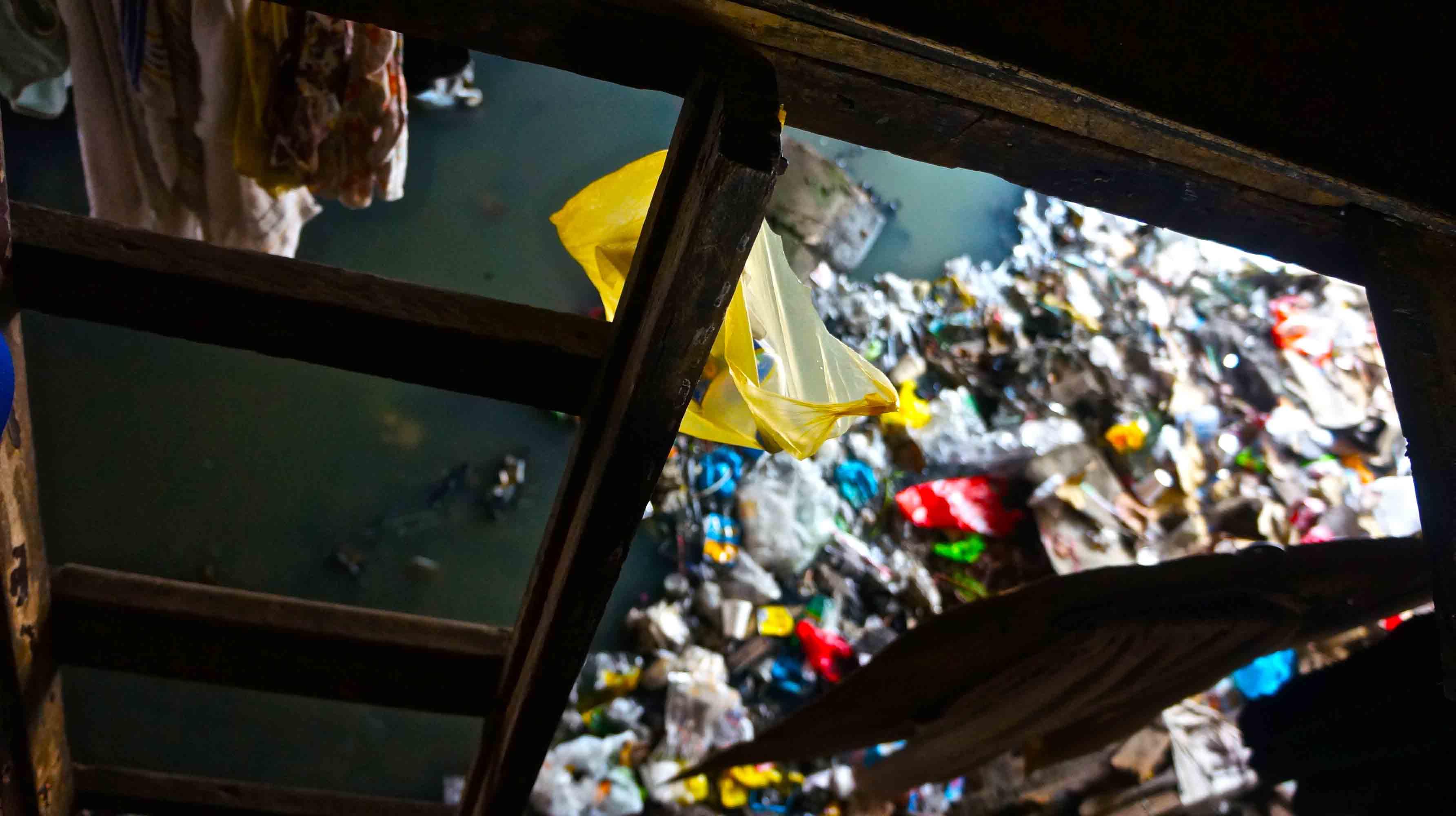
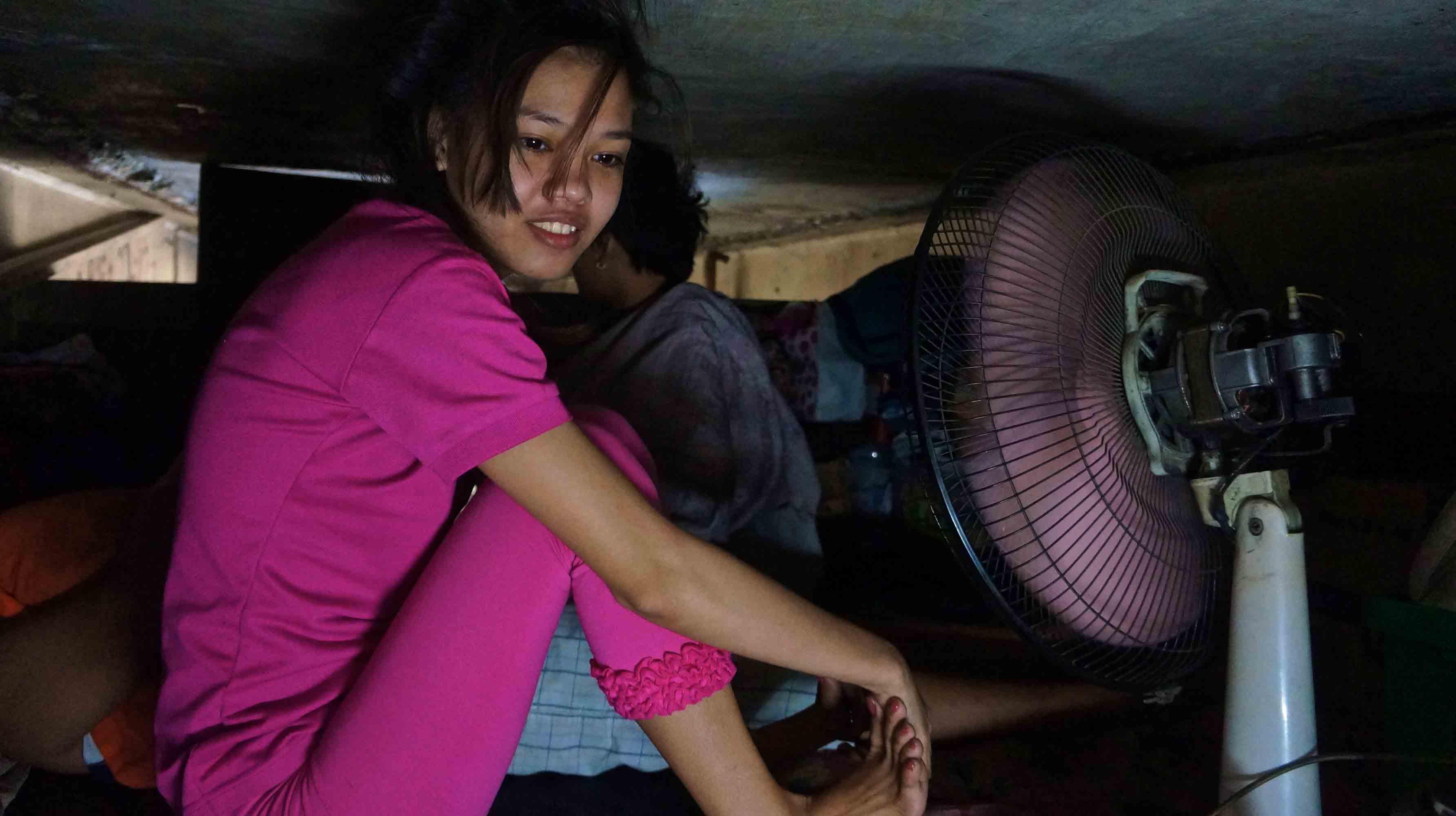
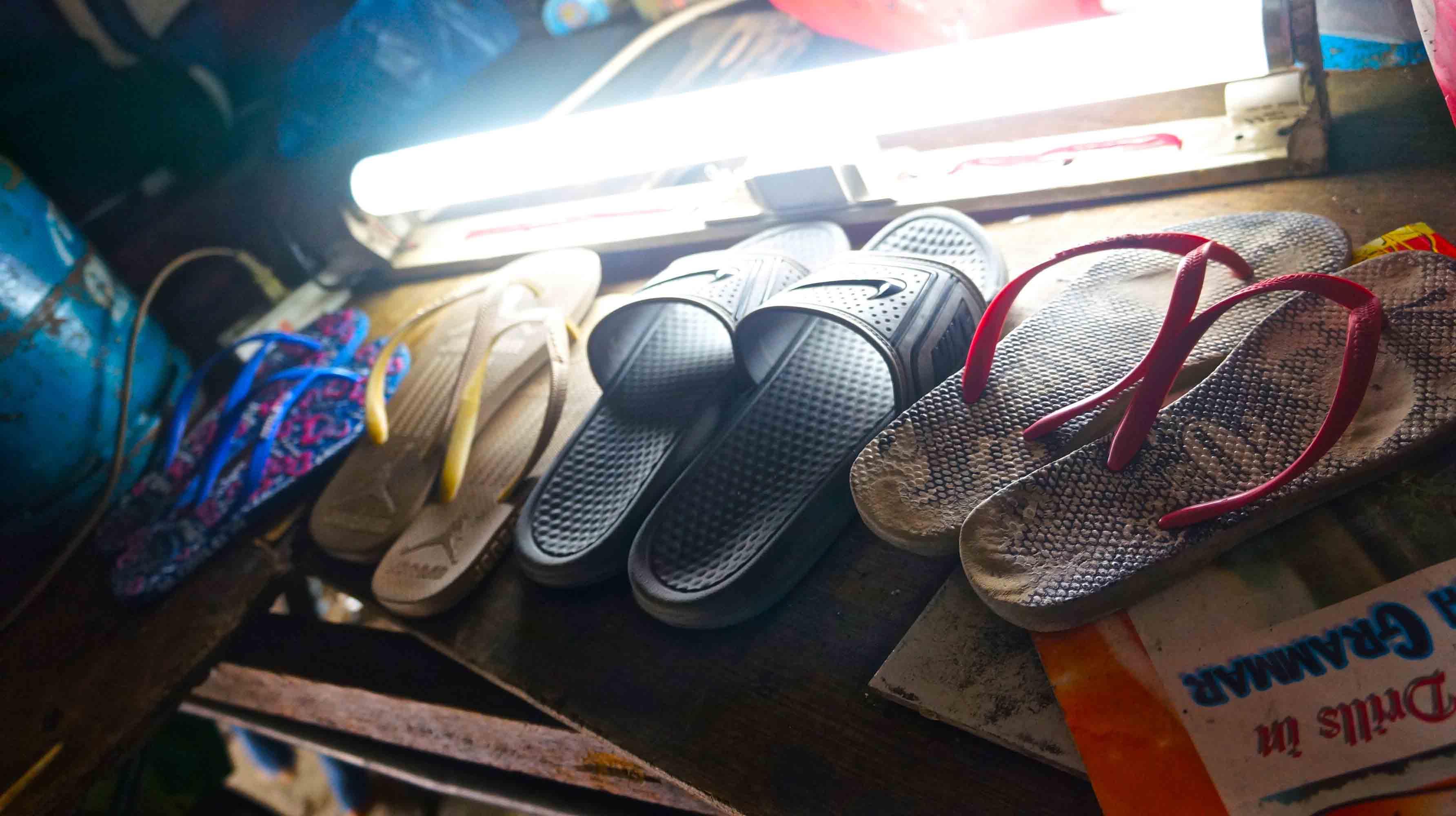
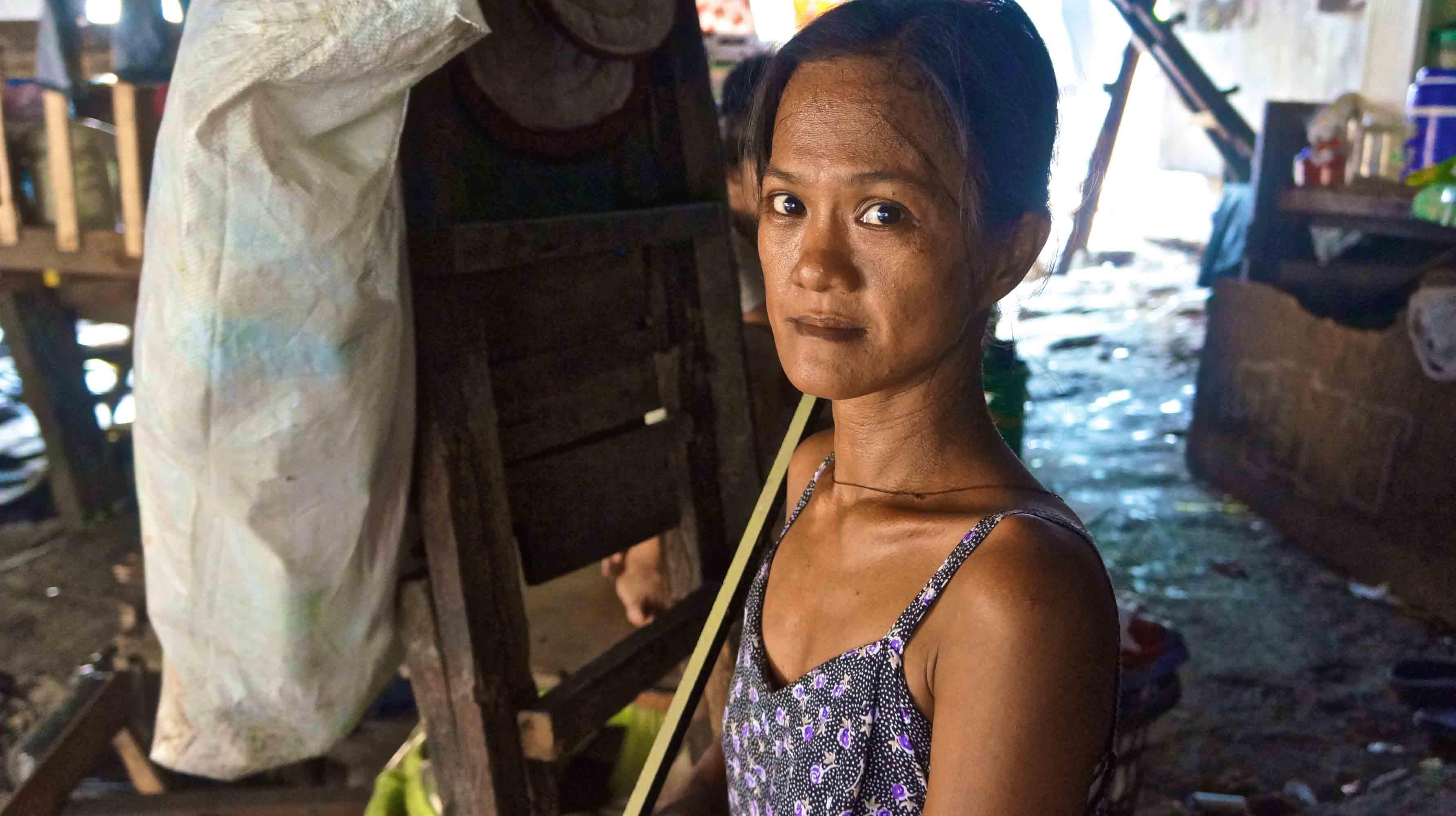
Bridge-dwellers by choice
Hilda Brigel, 41 years old, was born under the Quirino bridge. When the government relocated them to Norzagaray, Bulacan, she said she was initially ecstatic to be in a nicer environment. But the excitement didn’t last long.
“Dati gusto ko doon kasi tahimik, sariwa ang hangin, walang pollution, pero noong naramdaman ko na wala akong hanapbuhay, kumakalam na ang sikmura namin, nagdesisyon kami na sa Maynila na lang kami uli. Oo, nagbigay ng pera, pero hindi naman tatagal ang P18,000.”
According to Hilda, there used to be 228 families under the bridge, but after the relocation efforts, only 70-80 stayed behind.
Asked what she wants from her future leaders, she said, “Sa totoo lang kung ang mga kumpanya sa atin ay hindi bumabatay sa diploma kung hindi sa kakayahan, kung hindi batayan ang pagiging graduate, kung ang labanan lang ay kung kaya mong gawin ang trabaho, walang magiging tambay. Gusto ko ng lider na makapagbibigay ng hanapbuhay sa mga tambay, at ‘yung gagawing hindi magastos ang pag-aaral sa mga eskuwelahan.”
According to the latest Philippine Statistics Authority (PSA) labor force survey, in October last year, there were about 2.4 million unemployed Filipinos. And a diploma does not guarantee a job as well. By educational attainment, 22.6 percent of the unemployed were college graduates, 13.3 percent were college undergraduates, and 43.6 percent were high school graduates.
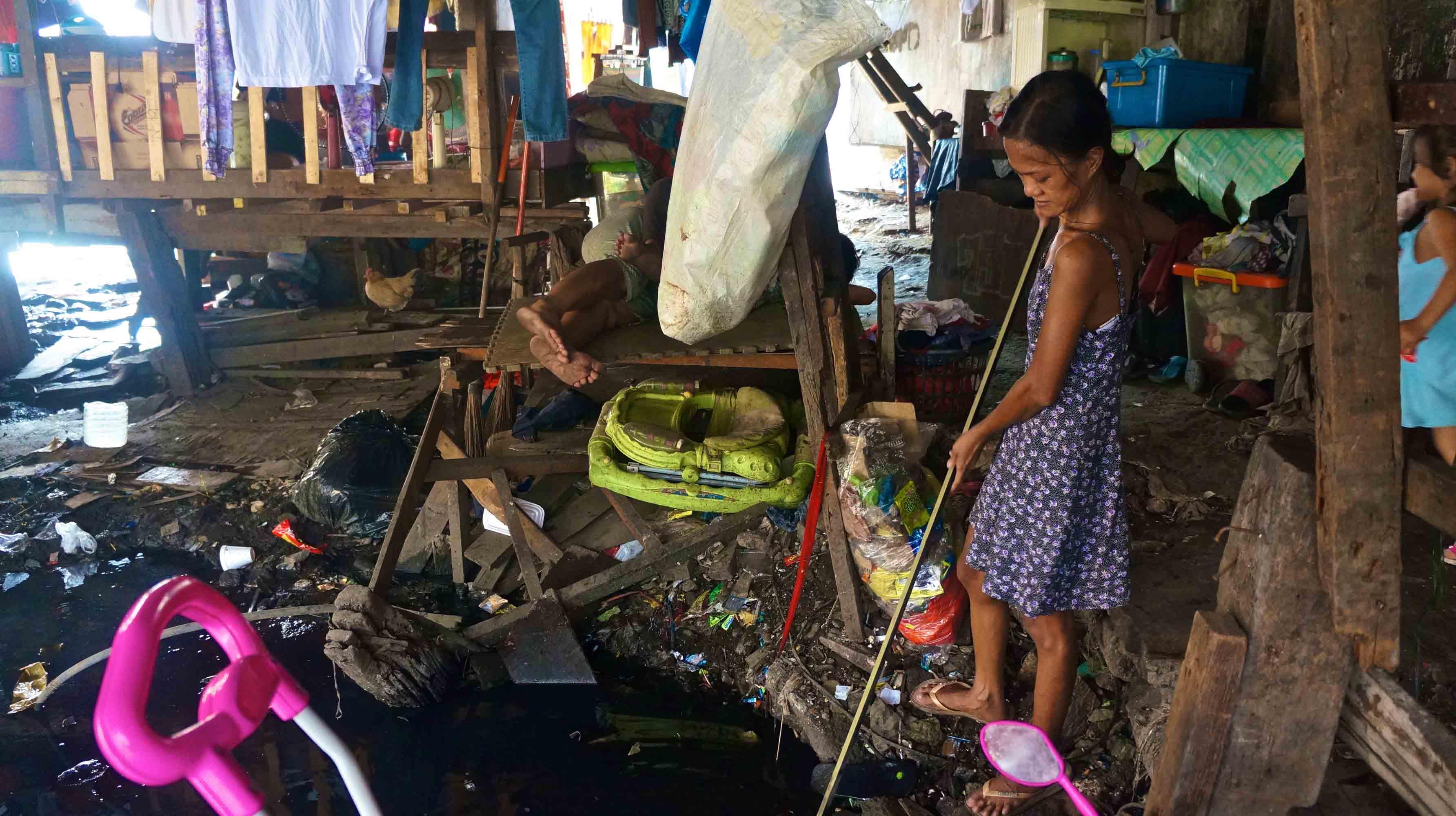
Children in the filth
Residents say that so far, no incidence of dengue ever happened in their community, but children often suffer from diarrhea because of the contaminated surroundings. When water level is high because of flooding, they say that children also couldn’t help but swim in the river’s dirty yet inviting waters.
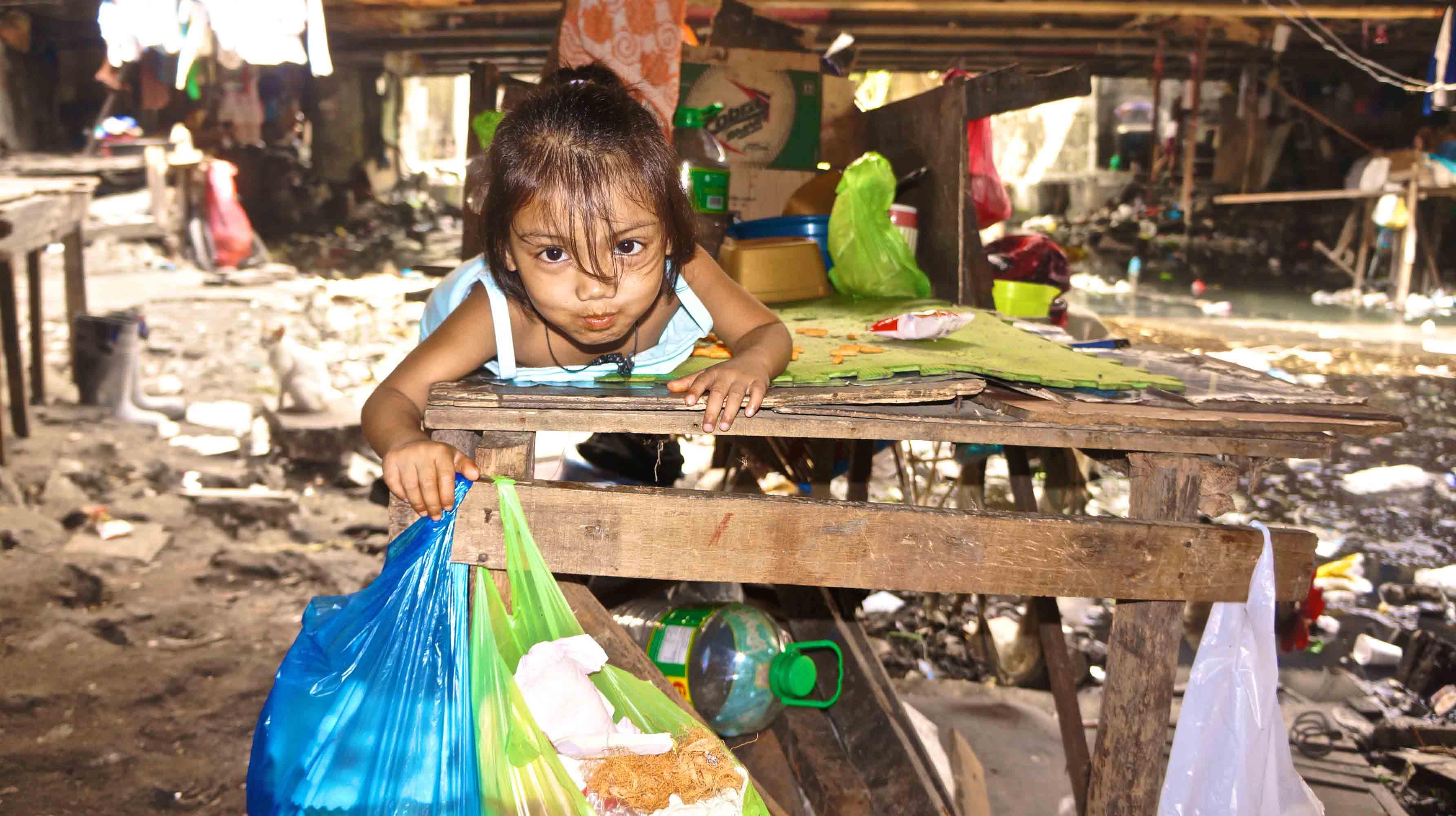
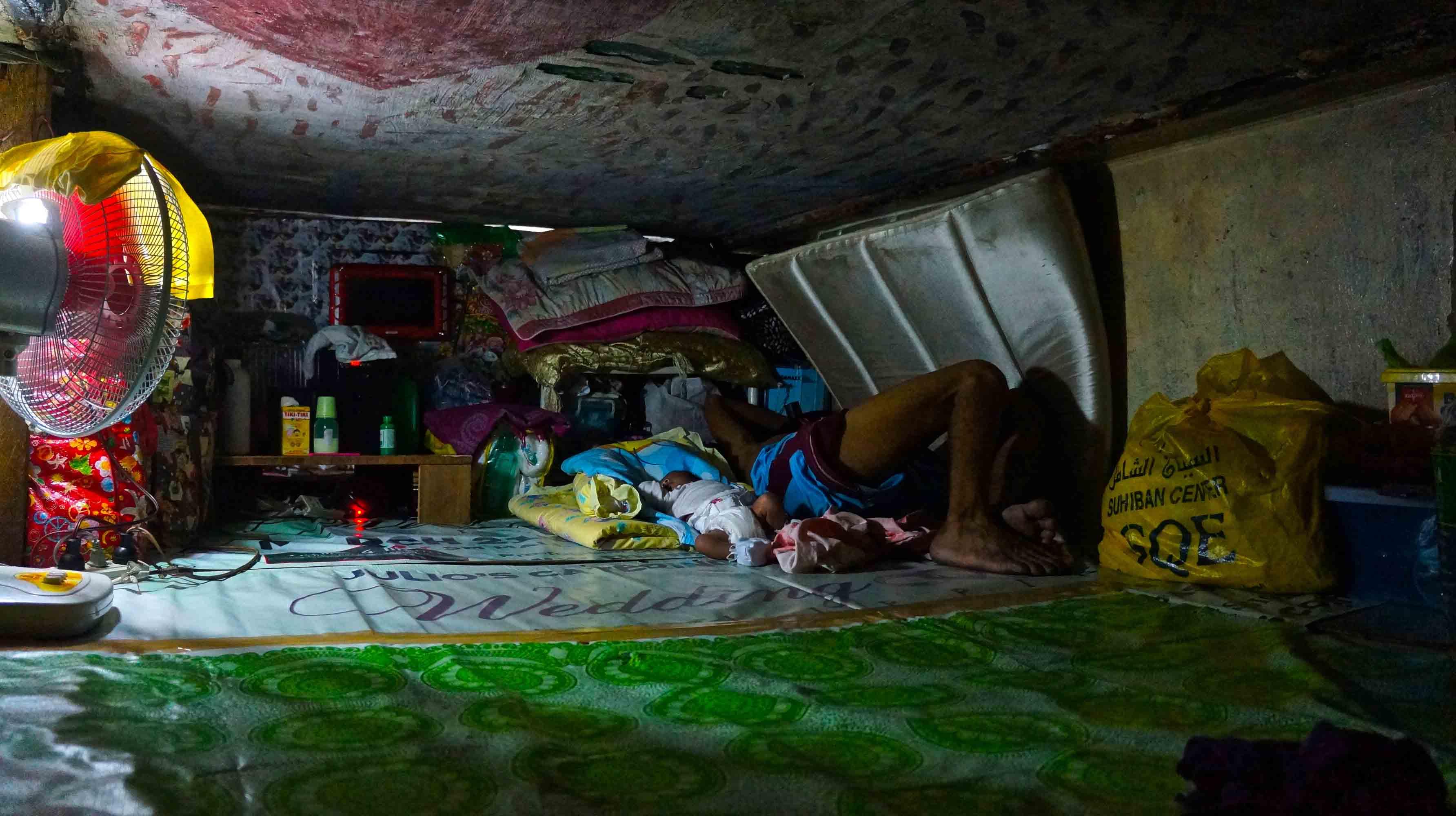
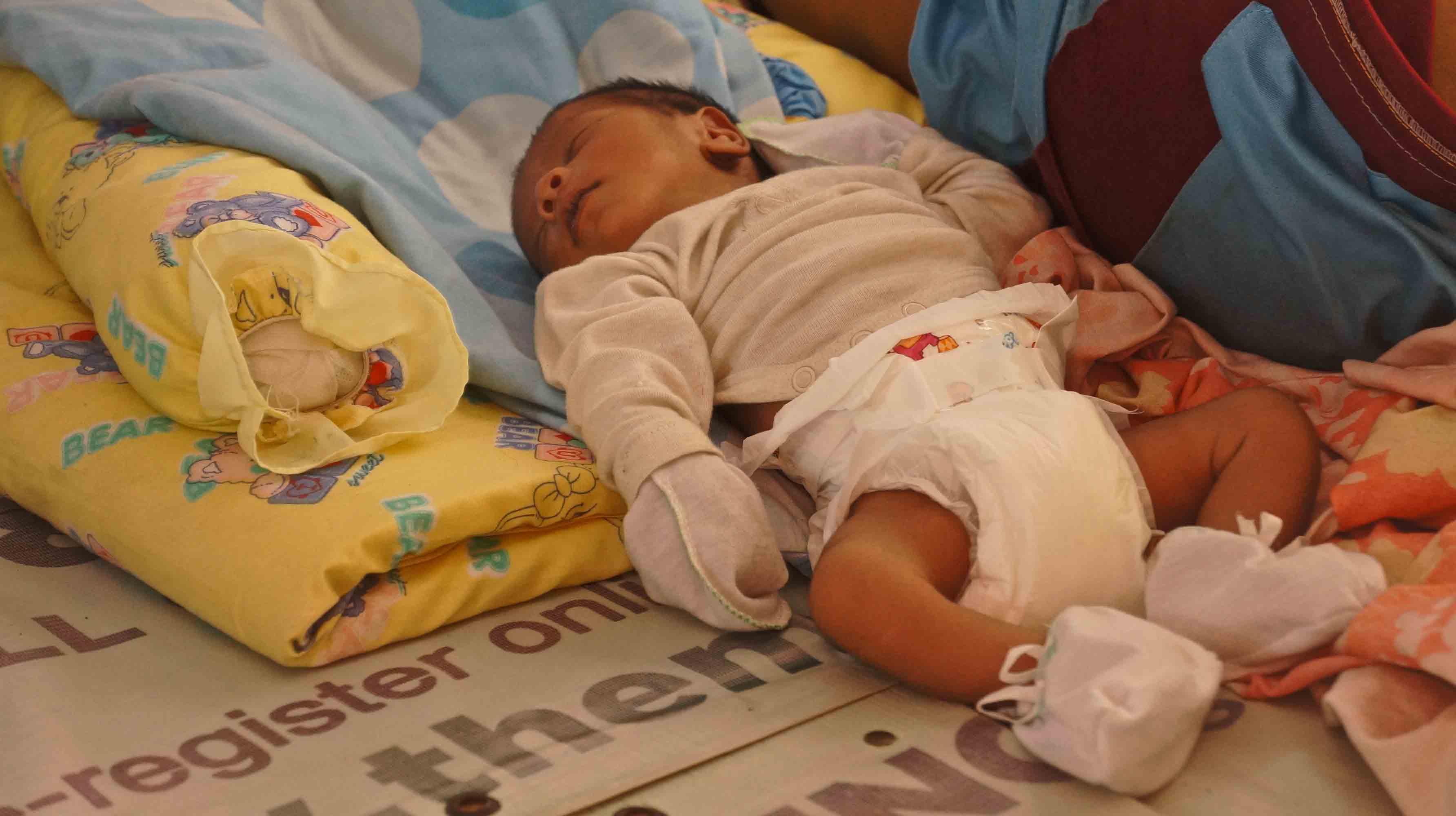
Belen Gomez, 57 years old, does her best to make their living space at least child-friendly for her grand children. She’d buy them cheap toys and display them inside the house. “Kasi ganyan ‘yung nakikita ko sa bahay ng mayayaman,” she said.
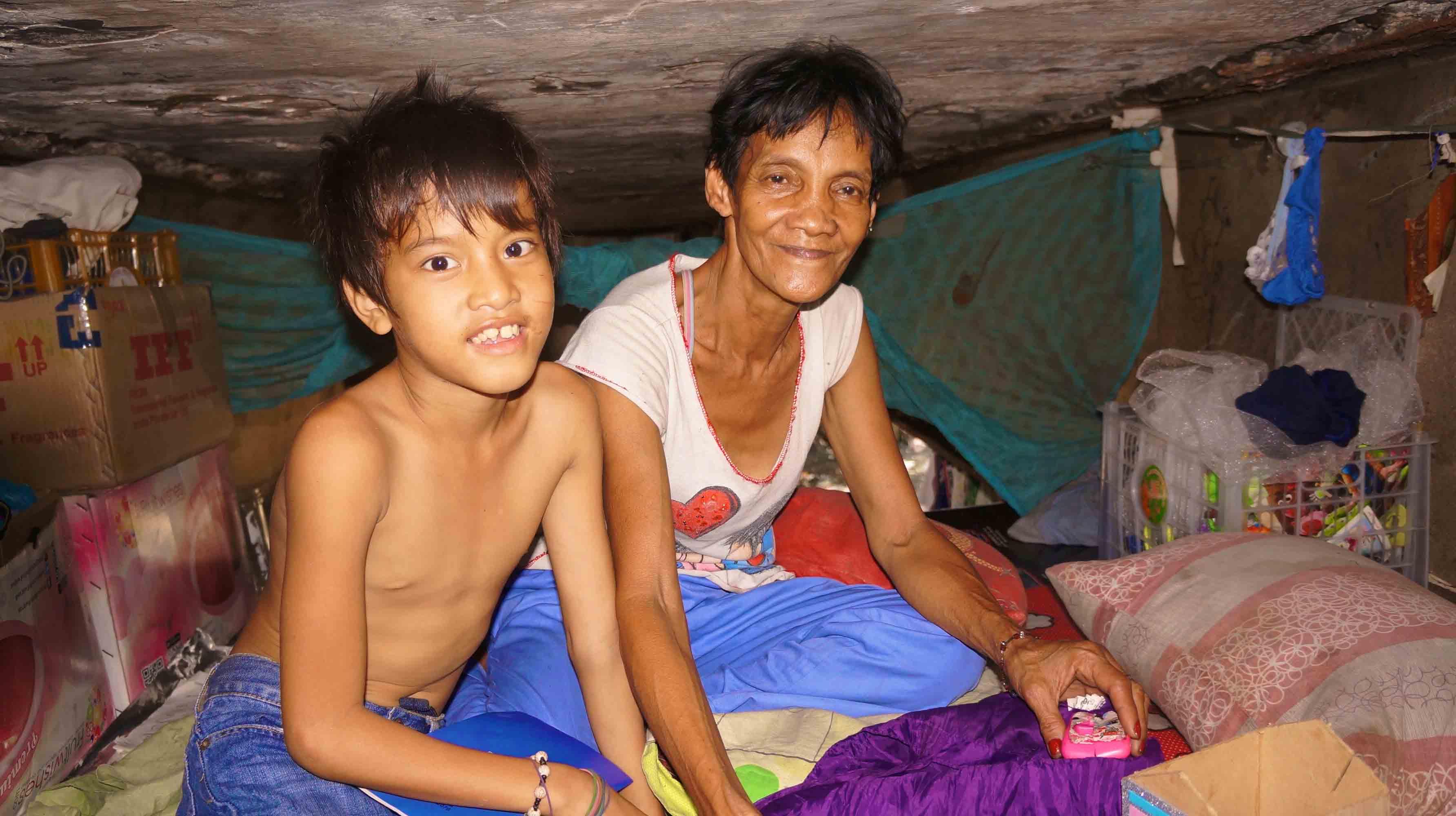
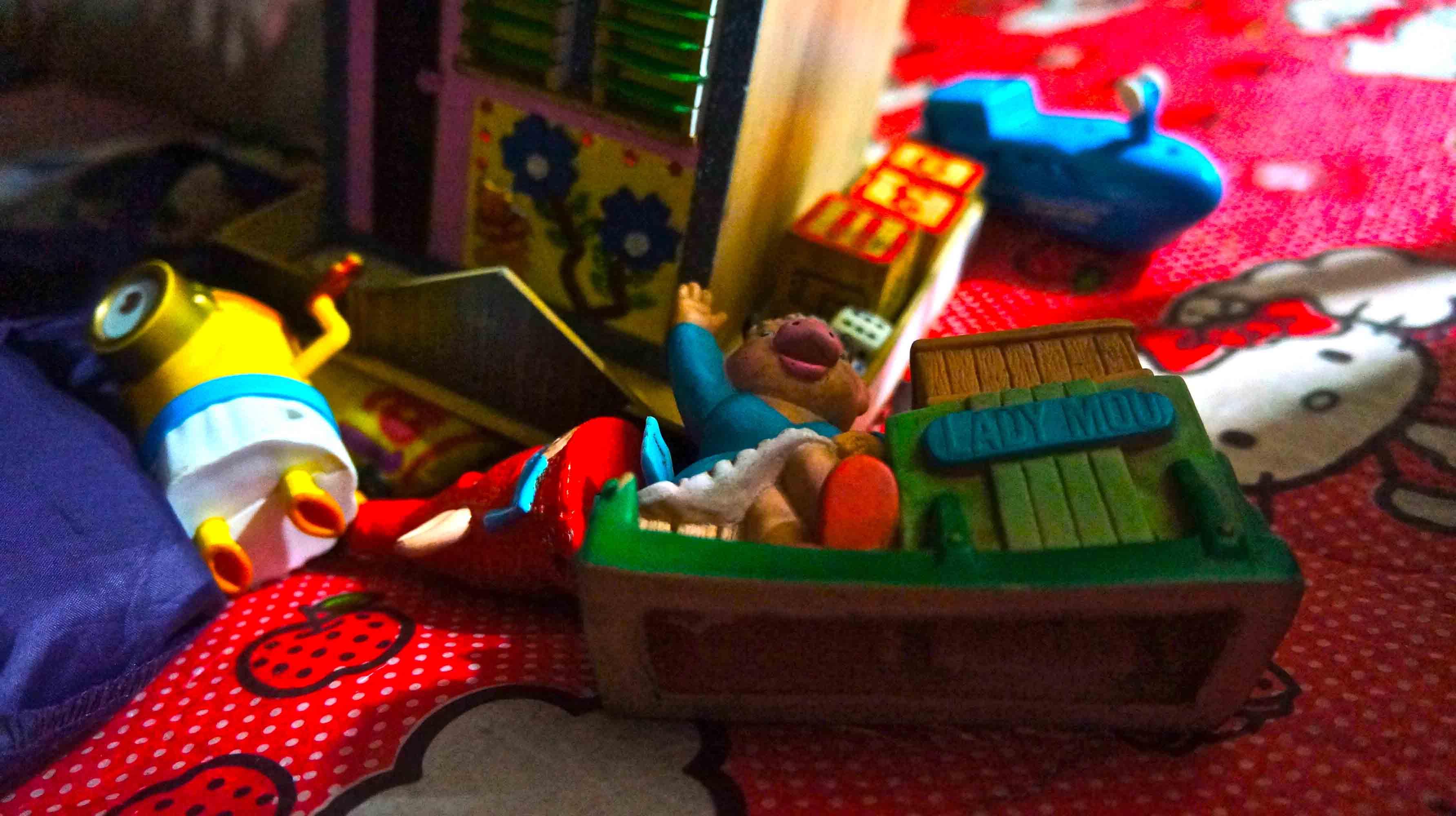
But knowing that the realities of poverty in the street can be violent, she wants a president who can better maintain peace and order in the country, “Isa lang naman talaga ang hiling ko sa susunod na presidente, sana may kakayahan siya na ayusin ‘yung dumaraming kaso ng patayan sa atin. Sana matigil na ‘yun.”
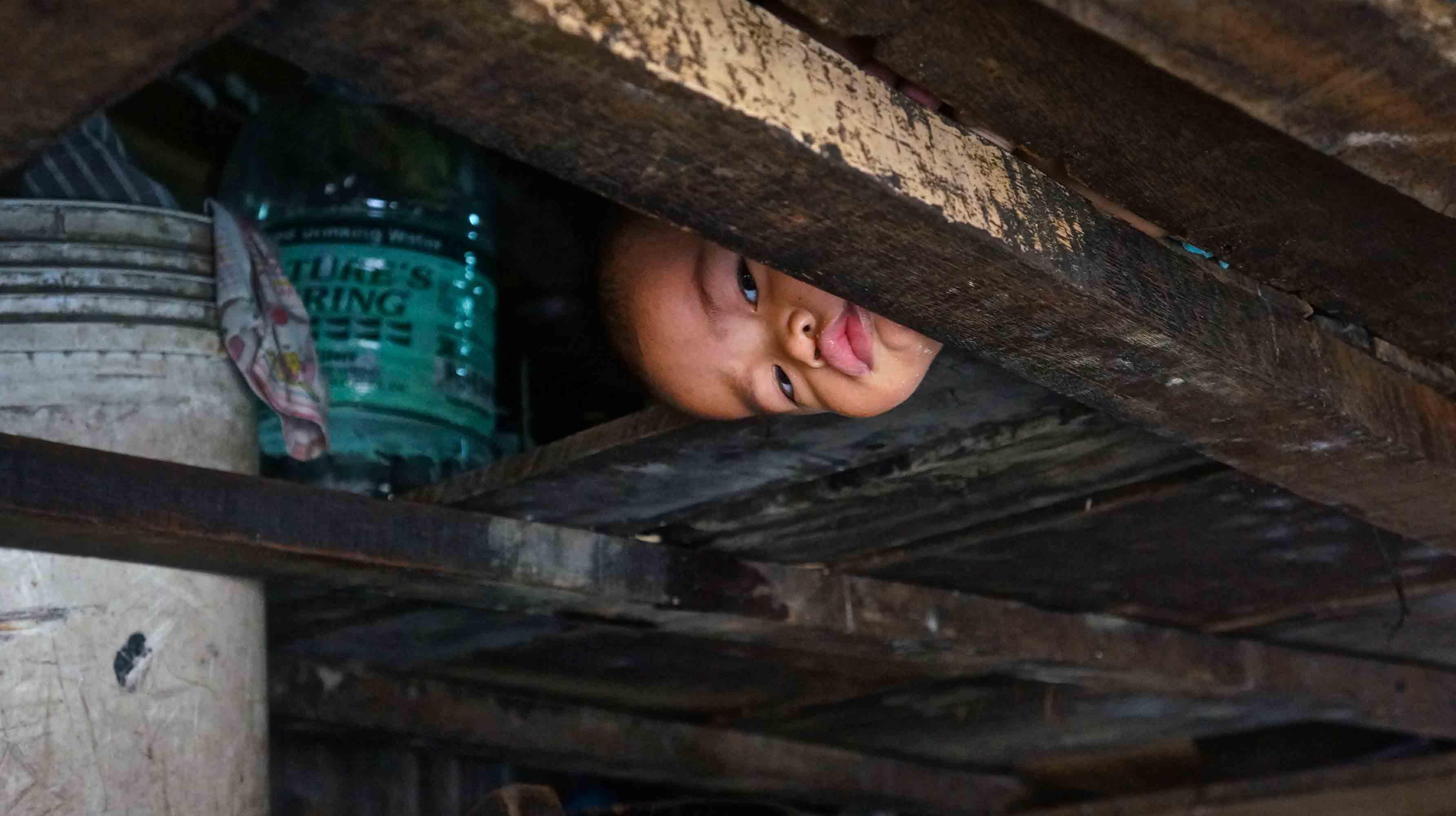
Hope from the world down under
Lydia, 47 years old, has also been living under the bridge for 20 years. Her family earns a living by selling crackers, energy drinks, and bottled water. However, the money she earns is still not enough to feed her children and grandchildren. That’s why her blind husband also helps her by asking alms from strangers in the streets of Manila.
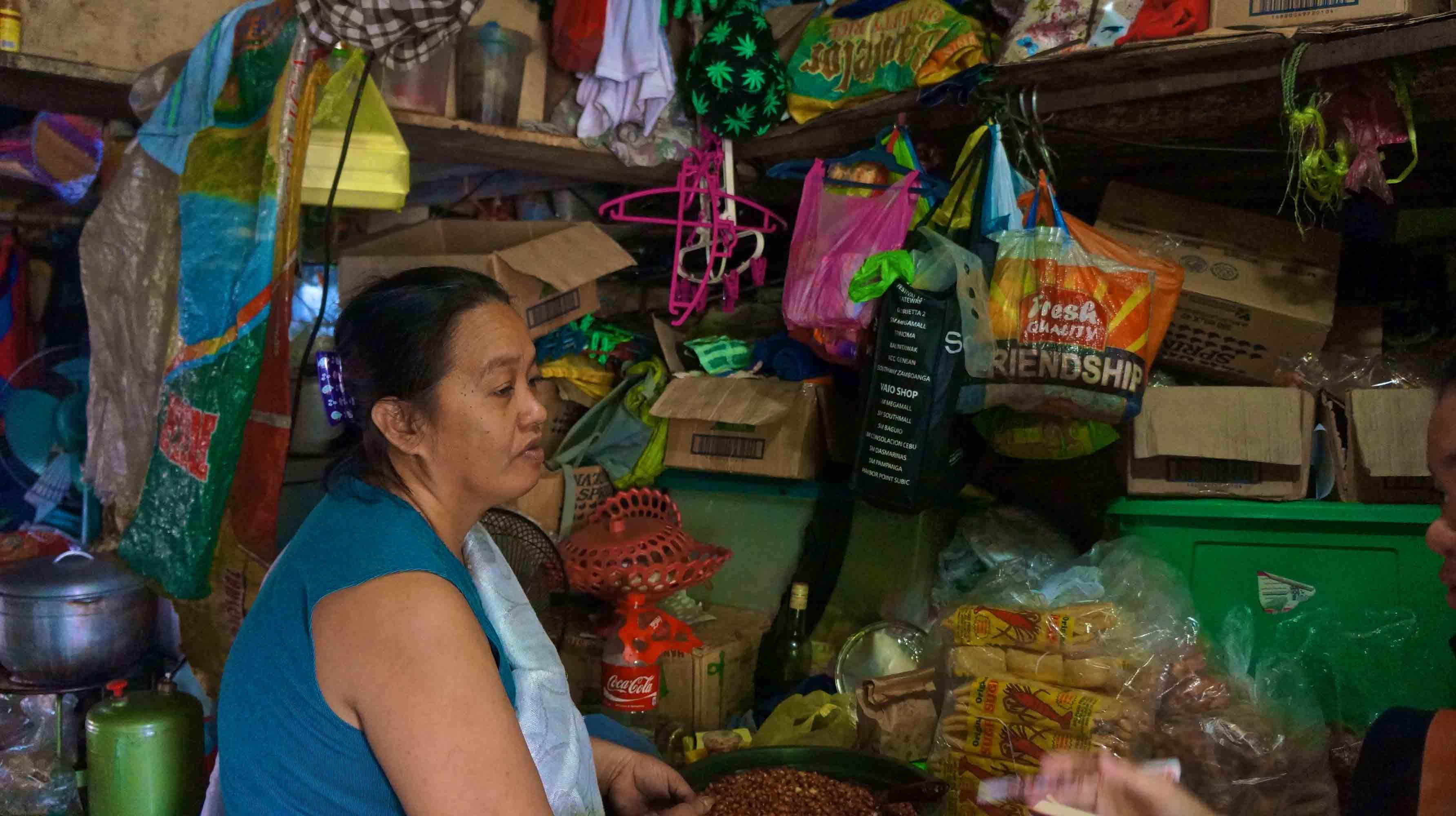
When asked about what she looks for in a president, "Gusto ko 'yung may mahabang experience na sa pamumuno, tsaka 'yung may puso para sa maralitang dukha, ayoko 'yung bubusalan ng bibig ang mga mahihirap.”
Lydia believes that we should not always rely on government projects, she insists that every individual must work hard in order to achieve in life, “Hindi naman dapat lahat isisi sa gobyerno. Kung gusto mong umasenso, dapat naghahanap ka ng paraan. Huwag kang humilata buong araw kasi wala ka namang mapapala kung hihiga o tutunganga ka lang.”
As of 2012, there are approximately 60,130 informal settler families living in Manila’s deadly riverbanks according to the Metropolitan Manila Development Authority. Government agencies strive to relocate them because they are the most vulnerable during heavy rainfall for they block floodways and aggravate Manila’s flooding woes. But scarcity of jobs in the relocations sites has been a challenge. For the residents under Quirino bridge, they prefer the river’s filth and stink, compared to a decent house with no food in the table. Their fate rests on how the election waters will flow, hoping for the best that the next elected leaders will be unpolluted and clean, opposite to the muck they have been used to. ---BMS/GMA Public Affairs
For updates on your favorite documentaries, you can also follow GMA Public Affairs on Facebook, Instagram, and Twitter.



